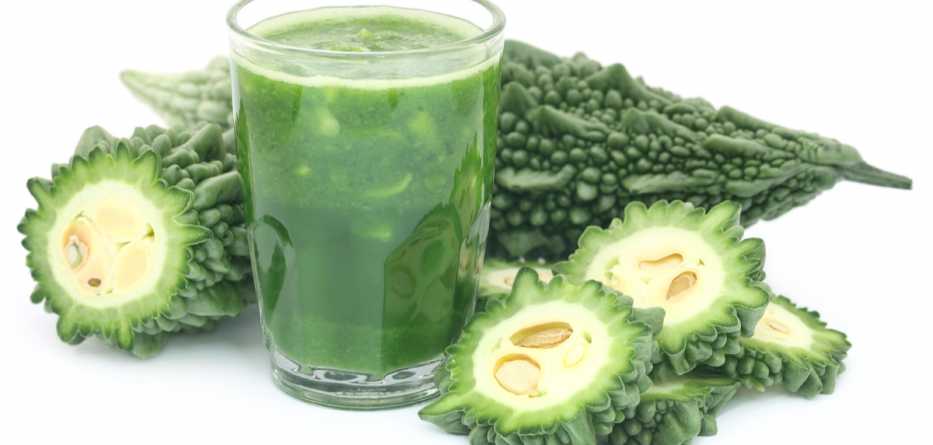Figuring out the best foods to eat when you have diabetes can be tough. Picking the right foods to eat when you have diabetes can help lower your blood sugar or keep it stable. This passage will help you how to put on the menu when planning diabetes diet. A diabetes diet is a healthy-eating plan that’s naturally rich in nutrients and low in fat and calories. And the key elements are fruits, vegetables and whole grains.
If you have diabetes or prediabetes, your doctor will likely recommend that you see a dietitian to help you develop a healthy eating plan. The plan helps you control your blood sugar (glucose), manage your weight and control risk factors for heart disease, such as high blood pressure and high blood fats.
You may worry that having diabetes means going without foods you enjoy. The good news is that you can still eat your favorite foods, but you might need to eat smaller portions or enjoy them less often. Your health care team will help create a diabetes meal plan for you that meets your needs and likes. Having diabetes does not mean that you can no longer enjoy good food, or that you have to give up your favorite foods. In fact, a diabetes diet is the best eating plan for most everyone. Living with diabetes means eating regular, healthy meals from the following five food groups:
1.Vegetables. These add color, flavor, and texture to a meal. Choose tasty, low-carb veggies, like mushrooms, onions, eggplant, tomatoes, Brussels sprouts, and low-carb squashes, like zucchini.
2.Fruits. Consider these high-antioxidant fruits as your best options to eat for a healthy diabetes diet: grapes, apples, berries, citrus fruits, pineapple, mango, papaya, cantaloupe, apricots.
3.Grains. You should make sure that at least half of your grains for the day should be whole grains which includes wheat, rice, oats, cornmeal, barley, and quinoa. For example, you may eat bread, pasta, cereal, and tortillas.
4.Protein & Alternatives. In the daily lives, you could eat chicken or turkey without the skin, fish, eggs, nuts and peanuts, dried beans and meat substitutes, such as tofu.
5.Dairy. Dairy is a great addition to your diet if you have type 2 diabetes. Total dairy and low-fat milk products, yogurt and cheese are associated with a reduced risk of type 2 diabetes.
Here are some conditions you need to avoid:
Don’t skip meals.
Don’t eat heavy and fatty meals.
Don’t dat saturated fats such as butter, coconut oil and palm oil.
Don’t eat salty food.
Don’t choose foods that are high in sugar, such as cake, pie, doughnuts, sweetened cereal, honey, jam, jelly, ice cream, or candy.
Don’t choose sugar-sweetened beverages like sodas and fruit juices.
Avoiding adding sugar to your foods.
Some people with diabetes need to eat at about the same time each day. Others can be more flexible with the timing of their meals. Depending on your diabetes medicines or type of , you may need to eat the same amount of carbohydrates at the same time each day. If you use certain diabetes medicines or and you skip or delay a meal, your blood glucose level can drop too low. Ask your health care team when you should eat and whether you should eat before and after physical activity.
Arya Williams




